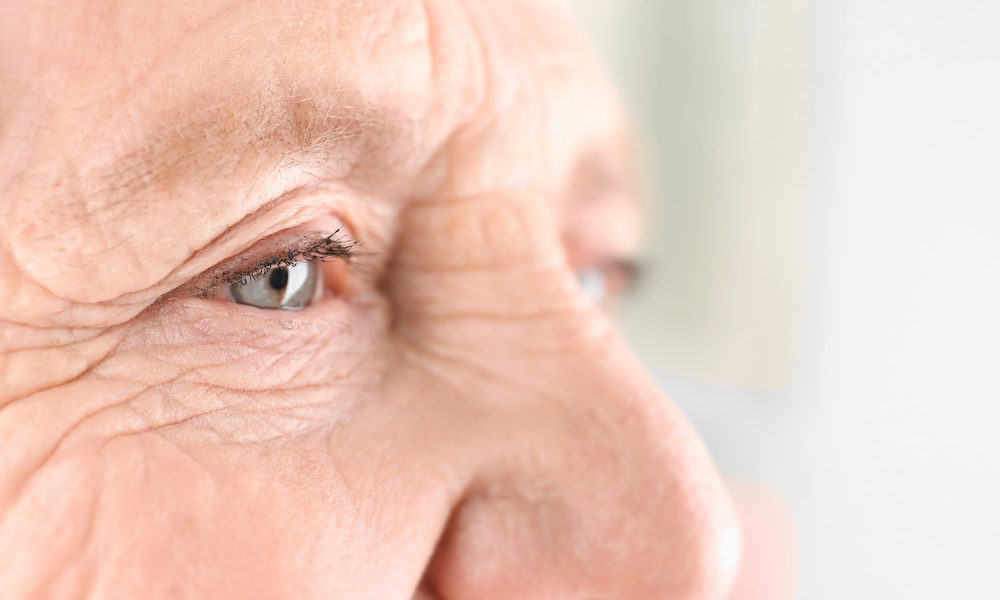Age-related macular degeneration (AMD) is a progressive eye condition that affects the macula, the part of the retina responsible for central vision. While there is no cure, certain lifestyle changes can slow its progression and help maintain vision for longer. For those seeking effective management, private age-related macular degeneration treatment options can provide tailored care.
Understanding Age-Related Macular Degeneration
AMD occurs when the macula deteriorates over time, leading to blurred or distorted central vision. It is categorized into two types: dry AMD, which is more common and progresses slowly, and wet AMD, which is less common but leads to faster vision loss. While genetics play a role, lifestyle factors significantly impact its progression.
The Role of Nutrition in Slowing AMD
A diet rich in antioxidants, vitamins, and minerals is crucial in slowing AMD. Nutrients such as lutein, zeaxanthin, vitamin C, vitamin E, and zinc can support eye health. Leafy greens like spinach and kale, along with fish rich in omega-3 fatty acids, have been shown to reduce the risk of progression. Reducing processed foods and excessive sugar intake can also help protect the macula.
Importance of Regular Eye Check-Ups
Routine eye exams are essential for early detection and monitoring of AMD. Early intervention through a private age-related macular degeneration treatment plan can help slow disease progression. Eye specialists can monitor changes, recommend dietary supplements, and provide timely interventions, such as injections for wet AMD.
Protecting Eyes from Harmful Light Exposure
Prolonged exposure to ultraviolet (UV) and blue light can contribute to AMD. Wearing sunglasses with UV protection and using blue-light filters on screens can help reduce strain on the macula. Additionally, adjusting screen brightness and taking regular breaks from digital devices can prevent excessive eye strain.
Quitting Smoking to Preserve Vision
Smoking is one of the most significant modifiable risk factors for AMD. It accelerates macular damage by reducing oxygen supply to the eyes and increasing oxidative stress. Quitting smoking can dramatically slow AMD progression and improve overall eye health. Support programs and nicotine replacement therapies can assist individuals in stopping smoking.
Engaging in Regular Physical Activity
Exercise improves circulation and reduces inflammation, both of which support eye health. Moderate activities such as walking, cycling, or swimming can help maintain healthy blood flow to the retina. Regular exercise also contributes to overall well-being by managing weight and reducing the risk of conditions like diabetes, which can exacerbate eye problems.
Maintaining a Healthy Weight
Obesity has been linked to a higher risk of AMD progression. Excess weight contributes to systemic inflammation and poor circulation, both of which affect eye health. Maintaining a balanced diet and staying active can help control weight and reduce the likelihood of severe AMD.
Conclusion
While AMD is a progressive condition, adopting a proactive approach with lifestyle modifications can slow its advancement. A nutrient-rich diet, regular exercise, smoking cessation, and protective eye measures all contribute to preserving vision. For those looking for specialized care, private age-related macular degeneration treatment options offer customized interventions to manage the condition effectively. Regular eye check-ups and a commitment to overall health can help individuals maintain their vision and quality of life for as long as possible.











